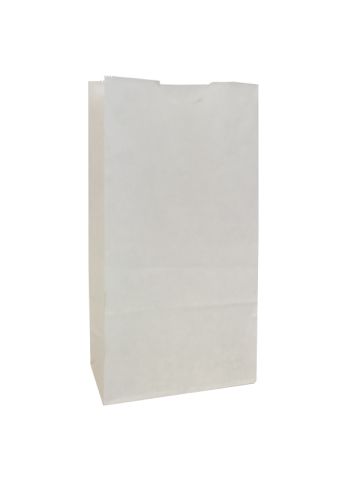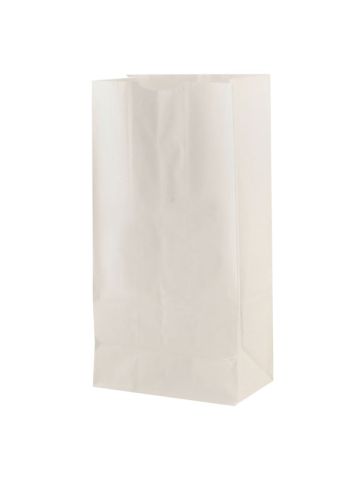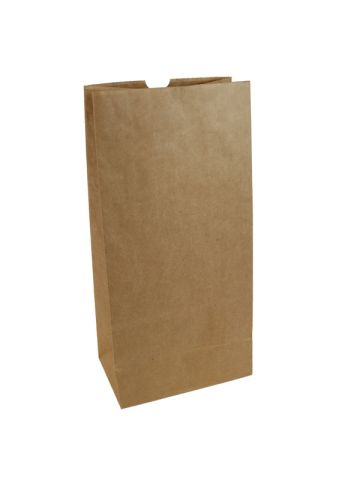Difference Between White And Brown Paper Grocery Bags
-
 By
American Retail Supply
By
American Retail Supply - Jul 1, 2023

Square opening sacks (SOS) or paper grocery bags are standalone bags that feature a serrated top, gusseted sides and a flat bottom. These bags are lightweight, easy to store, and are typically used for grocery shopping, lunch takeaways, pharmacies, jewelry, candles, and much more. These bags are 100% recyclable, FDA compliant, and are available in two colors, natural kraft, and white.
How Is Kraft Paper Made?
A German chemist is responsible for the wood-based formula used today. Its manufacturing process involved a higher ratio of sulfur compared to conventional paper, which helps to strengthen its fibers and cellulose, thus making it stronger than recycled paperboard. The meaning of ‘Kraft’ in German is strong, hence, the name.
Today, manufacturers of Kraft paper heat and pulp wood chips in a pressurized vessel and add caustic soda and sodium sulfide. This creates a more flexible pulp than the traditional mechanical pulping process. Adding the above reagents breaks down the wood’s lignin. Lignin is what glues the fibers together. This process creates brown fibers, which are then cleaned, bleached, and processed into tear-resistant and elastic brown Kraft paper. Further bleaching is used to turn it into white Kraft paper.
Difference Between Brown And White Paper Bags
The basic difference between both Kraft paper bags is that one is bleached while the other is not. Brown paper is the unbleached one that does not undergo any chemical processing and thus remains brown in color. When kraft paper is left in its unbleached form, it remains completely compostable, thus making it an eco-friendly choice. However, brown or unbleached kraft paper has limited resistance to moisture and oil. Therefore, it usually requires an additional lining or coating in order to become impermeable to such substances.
This is where white or bleached paper bags come in, which are suitable for color printing as the manufacturers reduce the color tint and purity of paper pulp through bleaching. The process is called delignification bleaching, which involves the use of oxides like ozone and chlorine or other bleaching agents like chlorine dioxide and hydrogen peroxide. It is a common misconception that the bleaching process makes kraft paper less sustainable and may also negatively affect the environment. But, it should be known that bleached kraft paper can also be compostable, depending upon the chemicals used to process it.
Most modern manufacturers use ozone, oxygen, or hydrogen peroxide to bleach the paper, which produces fewer toxic and carcinogenic compounds that could damage the environment. White paper bags will also require a lining to be completely resistant to water and oil.
Conclusion
So these are the differences between brown and white kraft paper. Although they have some basic properties that differ from each other, both of them are equally useful and sustainable.


















Validate your login